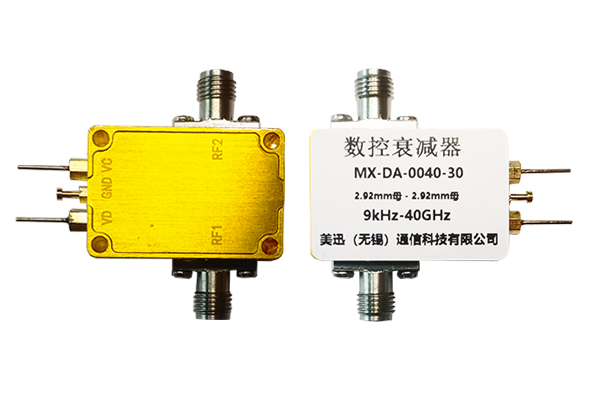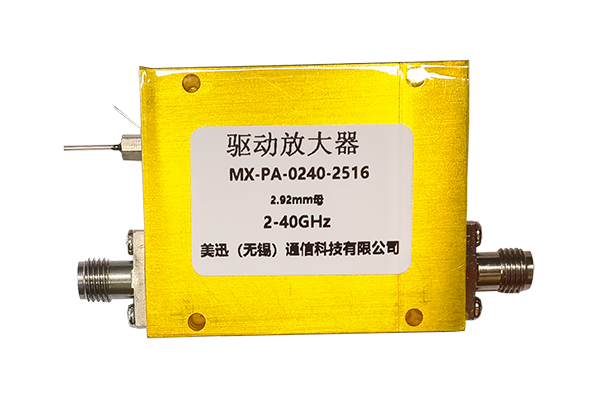
Pin diodes are widely recognized as vital components in RF systems because of their intrinsic functional attributes Their prompt switching characteristics combined with low capacitance and small insertion loss enable efficient use in switching modulation and attenuation scenarios. The core switching mechanism for PIN diodes is based on bias-driven control of current across the junction. That voltage alters the depletion region width in the p n junction thereby changing conductivity. Tuning the bias current allows PIN diodes to switch effectively at RF frequencies with reduced distortion
When precise timing and control are needed PIN diodes are frequently embedded within advanced circuit configurations They may be applied in RF filtering arrangements to selectively pass or reject particular frequency bands. Their high-power endurance makes them appropriate for amplifier power dividing and signal generation functions. The development of compact efficient PIN diodes has increased their deployment in wireless communication and radar systems
Study of Coaxial Switch Performance
Coaxial switch development is multifaceted and calls for precise management of several parameters Switch performance is influenced by factors like the switch type operating frequency and insertion loss characteristics. Optimal coaxial switches balance reduced insertion loss with enhanced isolation between connections
Performance assessment centers on return loss insertion loss and port isolation metrics. Such parameters are usually determined via simulations analytic models and physical experiments. Reliable operation of coaxial switches demands thorough and accurate performance analysis
- Common analysis methods include simulation tools theoretical analysis and hands-on experiments to study switch performance
- Thermal effects impedance mismatches and production tolerances are major influences on coaxial switch behavior
- Novel developments and recent trends in coaxial switch design pursue performance gains alongside miniaturization and power savings
Low Noise Amplifier Optimization Methods
Tuning LNA gain efficiency and performance parameters is essential for outstanding signal fidelity in diverse systems It necessitates thoughtful transistor selection bias configuration and circuit topology planning. Sound LNA architectures control noise contributions and support strong low-distortion amplification. Simulation and modeling techniques are essential for analyzing the noise consequences of design options. Targeting a small Noise Figure quantifies how well the amplifier keeps the signal intact against intrinsic noise
- Prioritizing low-noise transistors is crucial for optimal LNA performance
- Properly set optimal and appropriate biasing reduces transistor noise generation
- The configuration and topology substantially shape the amplifier’s noise response
Techniques of matching networks noise cancellation and feedback control contribute to improved LNA operation
RF Signal Routing with Pin Diode Switches

Pin diode switch implementations yield flexible efficient routing of RF signals in diverse applications They can be switched very fast to allow flexible dynamic routing of RF signals. PIN diodes’ low insertion loss and good isolation preserve signal quality through switching events. They are applied in antenna selection circuits duplexers and phased array antenna systems
The applied control voltage modulates resistance to toggle the diode between blocking and passing states. As deactivated the diode provides high resistance, impeding RF signal transmission. A positive bias drives the diode into lower resistance so RF energy can pass through
- Furthermore additionally moreover pin diode switches deliver fast switching speeds low power use and compact footprints
Multiple architectures designs and configurations of PIN diode switch networks can be constructed to deliver advanced routing functions. Arranging multiple switches in networked matrices enables flexible routing and dynamic configuration
Coaxial Microwave Switch Performance Evaluation

Extensive testing and evaluation are important to ensure coaxial microwave switches operate optimally in complex systems. Several influencing factors such as insertion reflection transmission loss isolation switching speed and frequency range determine performance. Complete assessment involves quantifying parameters over diverse operational and environmental test conditions
- Moreover additionally furthermore the evaluation ought to include reliability robustness durability and environmental tolerance considerations
- Ultimately comprehensive evaluation outputs provide critical valuable and essential guidance for switch selection design and optimization for targeted uses
In-depth Review of Noise Suppression in LNA Circuits
Low noise amplifier circuits are central to RF systems for enhancing weak signals and limiting internal noise. This review article offers an in-depth examination analysis and overview of LNA noise reduction approaches. We explore investigate and discuss key noise sources including thermal shot and flicker noise. We additionally survey noise matching feedback circuit methods and optimal biasing approaches to reduce noise. The article highlights recent advances such as novel semiconductor materials and innovative circuit architectures that reduce noise figure. By providing insight into noise minimization principles and practices the review supports researchers and engineers working on high performance RF systems
High Speed Switching Roles of PIN Diodes

PIN diodes have exceptional unique remarkable properties that suit high speed switching applications Low capacitance combined with low resistance produces rapid switching for applications requiring precise timing. Also PIN diodes respond proportionally to voltage which allows controlled amplitude modulation and switching actions. Their versatility adaptability and flexibility position them as suitable applicable and appropriate for a wide array of high speed use cases Examples of deployment include optical communication systems microwave circuits and signal processing equipment and devices
IC Coaxial Switch and Circuit Switching Advances
Integrated circuit coaxial switch technology marks a significant advancement in signal routing processing and handling within electronic systems circuits and devices. These ICs control manage and direct coaxial signal flow providing high frequency capability with low latency propagation and insertion timing. Miniaturization through IC integration results in compact efficient reliable and robust designs fit for dense interfacing integration and connectivity scenarios
- By rigorously meticulously and carefully implementing these techniques practitioners can achieve LNAs with remarkable noise performance for sensitive reliable electronics With careful meticulous and rigorous execution of these strategies designers can obtain LNAs exhibiting excellent noise performance for sensitive reliable systems By meticulously pin diode switch carefully and rigorously applying these methods developers can produce LNAs with superior noise performance enabling sensitive reliable electronics By carefully meticulously and rigorously applying these approaches designers can realize LNAs with outstanding noise performance enabling sensitive reliable electronic systems
- Applications cover telecommunications data networking and wireless communication systems
- Integration of coaxial switch ICs serves aerospace defense and industrial automation industries
- Application examples include consumer electronics audio video products and test measurement systems
Low Noise Amplifier Design for mmWave Systems

At mmWave frequencies LNAs must contend with greater signal attenuation and intensified influence from noise sources. At millimeter wave ranges parasitics dominate so meticulous layout and selection of components is essential. Controlling input match and achieving high power gain are critical essential and important requirements in mmWave LNA design. Choice of active devices such as HEMTs GaAs MESFETs or InP HBTs is crucial to reach low noise figures at mmWave. Additionally furthermore moreover careful design implementation and optimization of matching networks is vital for efficient power transfer and impedance matching. Attention to package parasitics is crucial as they have potential to harm mmWave LNA performance. Choosing low-loss interconnects and sound ground plane designs is essential necessary and important to minimize reflections and maintain high bandwidth
Characterization and Modeling of PIN Diodes for RF Switching
PIN diodes operate as essential components elements and parts in diverse RF switching applications. Precise accurate and detailed characterization of such devices is essential for designing developing and optimizing reliable high performance circuits. It consists of analyzing evaluating and examining electrical voltage current characteristics including resistance impedance and conductance. Also measured are frequency response bandwidth tuning abilities and switching speed latency or response time
Additionally moreover furthermore the development of precise models simulations and representations for PIN diodes is critical essential and vital for predicting behavior in complex RF contexts. Numerous available modeling techniques include lumped element distributed element and SPICE approaches. Model selection is guided by specific application requirements and the desired required expected accuracy
Sophisticated Techniques to Achieve Minimal LNA Noise
LNA design is a critical undertaking that demands precise attention to topology and parts selection to achieve low noise. Recent emerging and novel semiconductor progress has enabled innovative groundbreaking sophisticated design approaches that reduce noise markedly.
Representative methods consist of using implementing and utilizing wideband matching networks selecting low-noise transistors with high intrinsic gain and optimizing biasing schemes strategies or approaches. Moreover additionally furthermore sophisticated packaging and thermal control solutions significantly help reduce noise contributions from outside sources. By carefully meticulously and rigorously applying these approaches designers can realize LNAs with outstanding noise performance enabling sensitive reliable electronic systems
